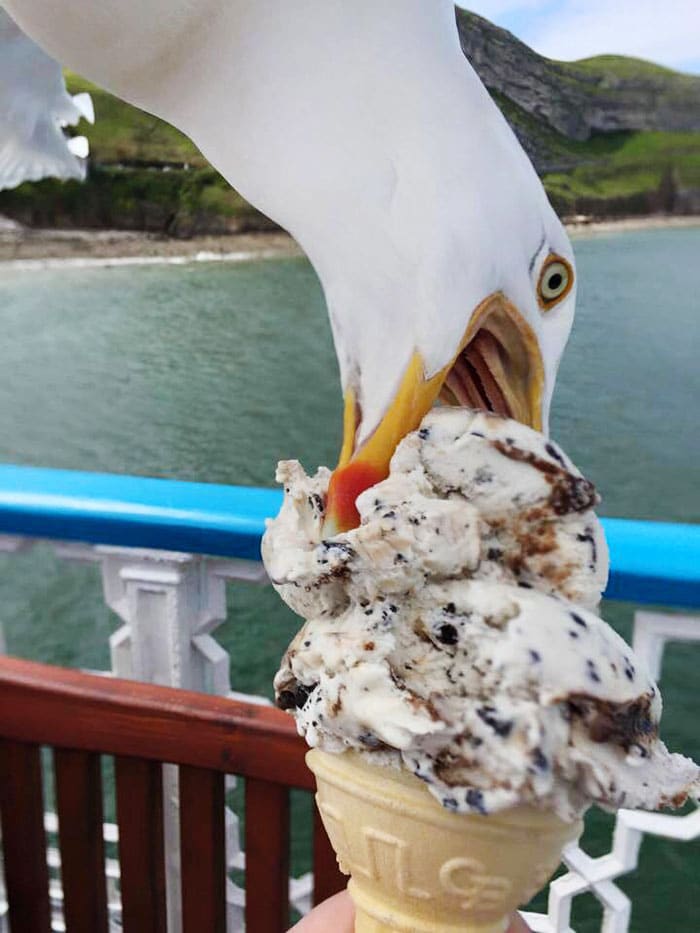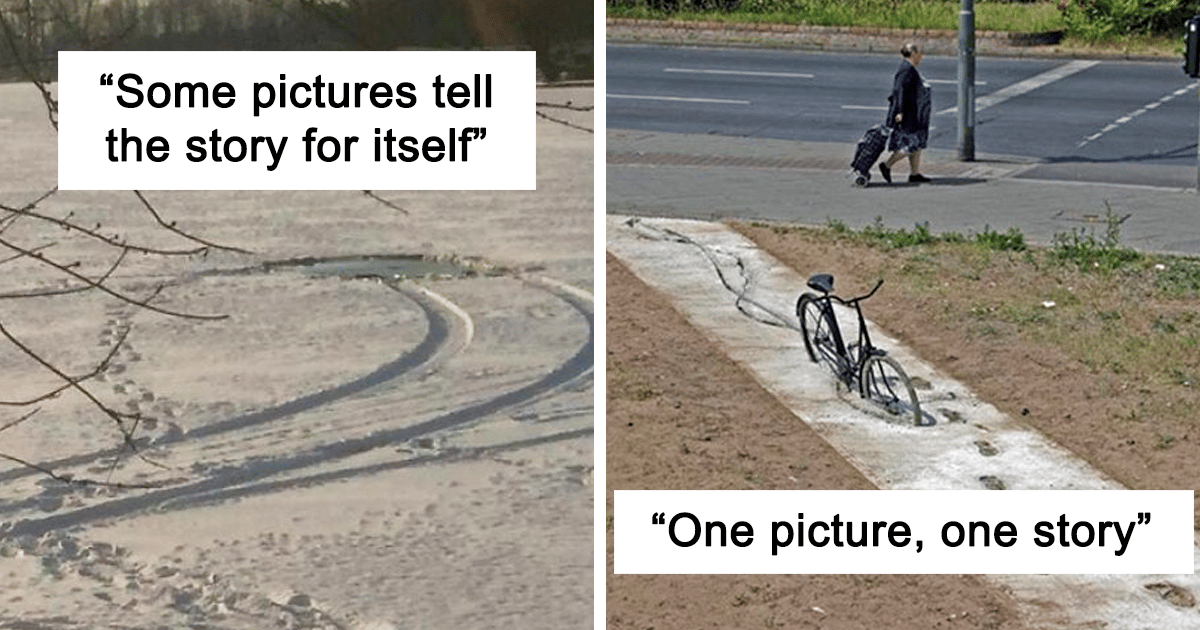At first glance, some photographs seem simple, but as your eyes are drawn deeper and deeper into them, you begin to notice little details that make up a compelling narrative.
The structure of the shot, the looks of the subject, everything can add to the plot that the picture is attempting to tell.
So we at chose to assemble an assortment of such pictures and welcome you to lose all sense of direction in them. Consider it an activity for your creative mind.
1. She didn’t want the cat to spend the end of his life in a cage.
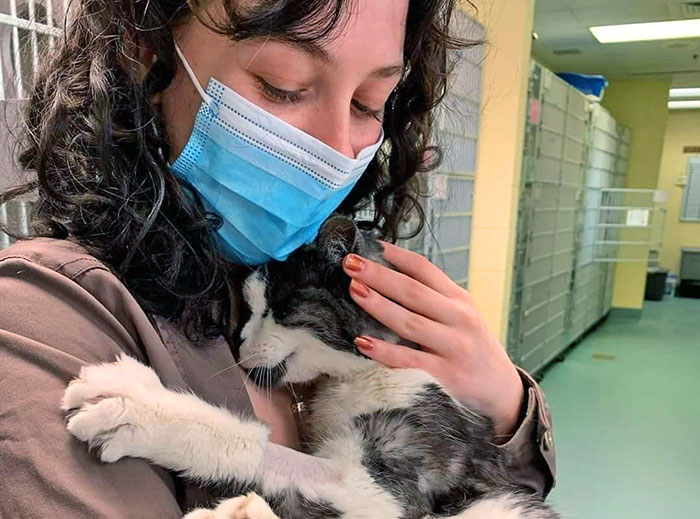
2. My cab driver was so excited to tell me that he made the cover of the calendar. I said I would help the world see.
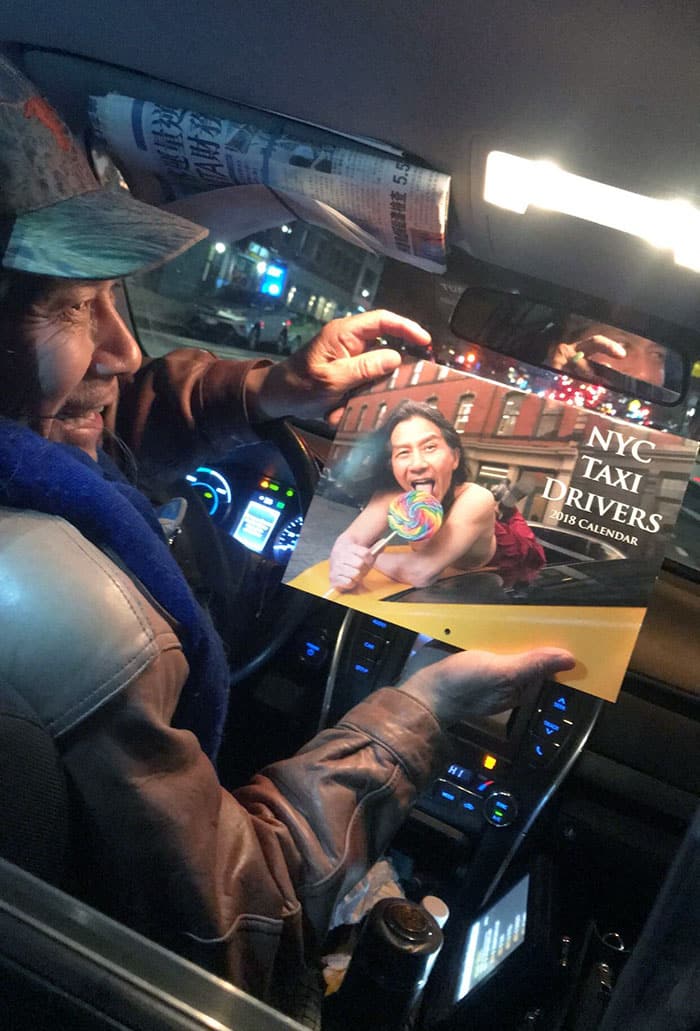
The printing and photography innovations of the 19th century made it possible to use images to tell a story.
The first weekly illustrated newspaper was the Illustrated London News, which was first printed in 1842. The illustrations were presented with engravings.
The first photograph to be used in the illustration of a newspaper story was a depiction of barricades in Paris during the June Days uprising, which was published as an engraving in L’Illustration.
3. Back Home After Morning Walk.
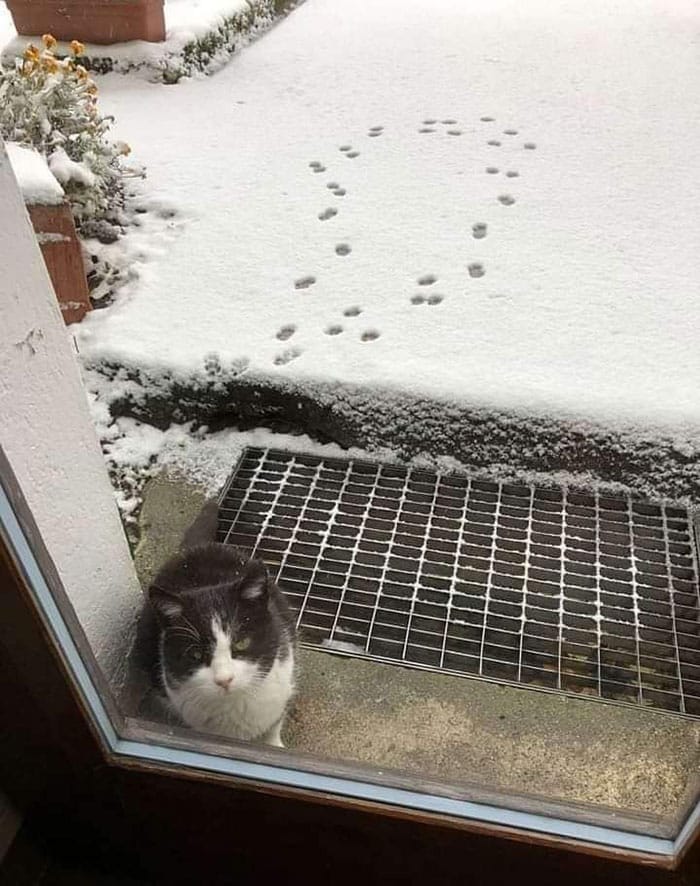
4. A small stick was placed on the dog graves.
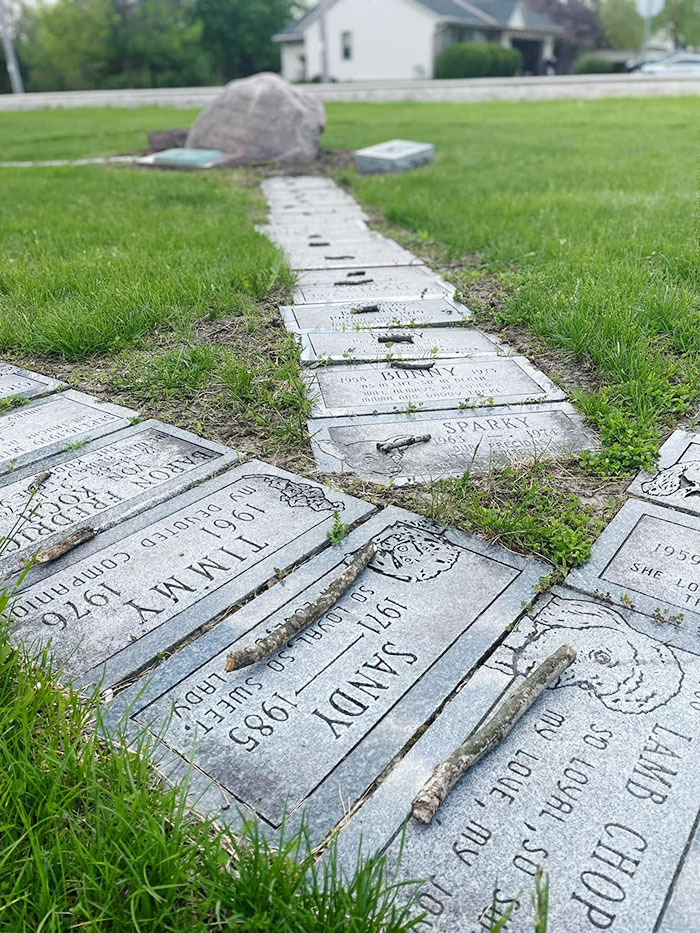
5. Betty just turned 100 years old. We got her balloons.
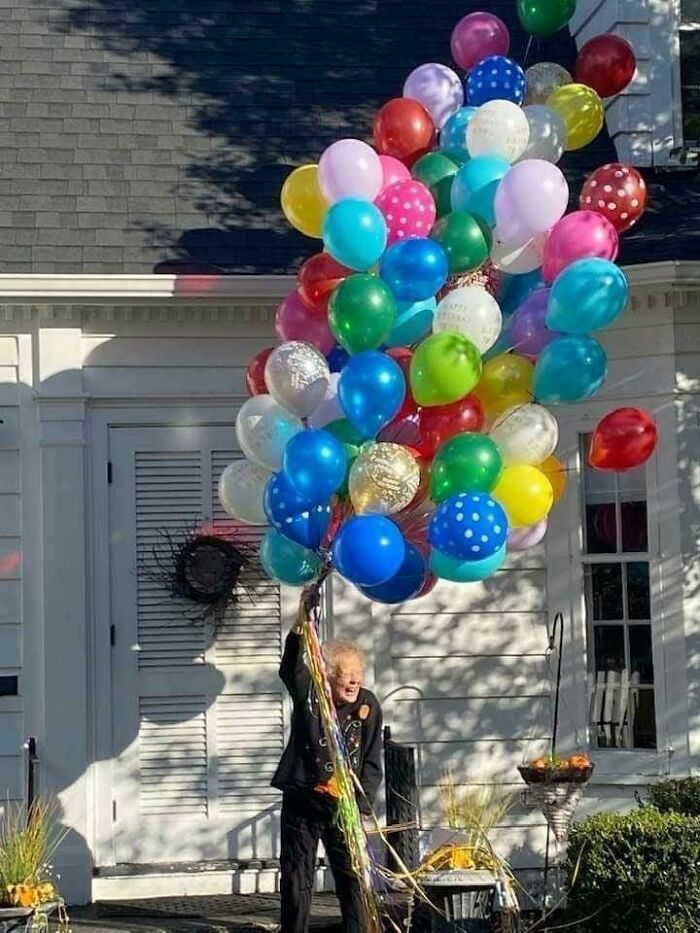
The first pictures of the war were printed by the ILN.
Fenton was the principal official conflict photographic artist and his work included reporting the impacts it had on the soldiers, displays of the scenes where the fights occurred, model portrayals of the activity, and representations of authorities, which laid the preparation for present-day photojournalism.
Different photographic artists of the conflict included William Simpson and Carol Szathmari.
6.

7.
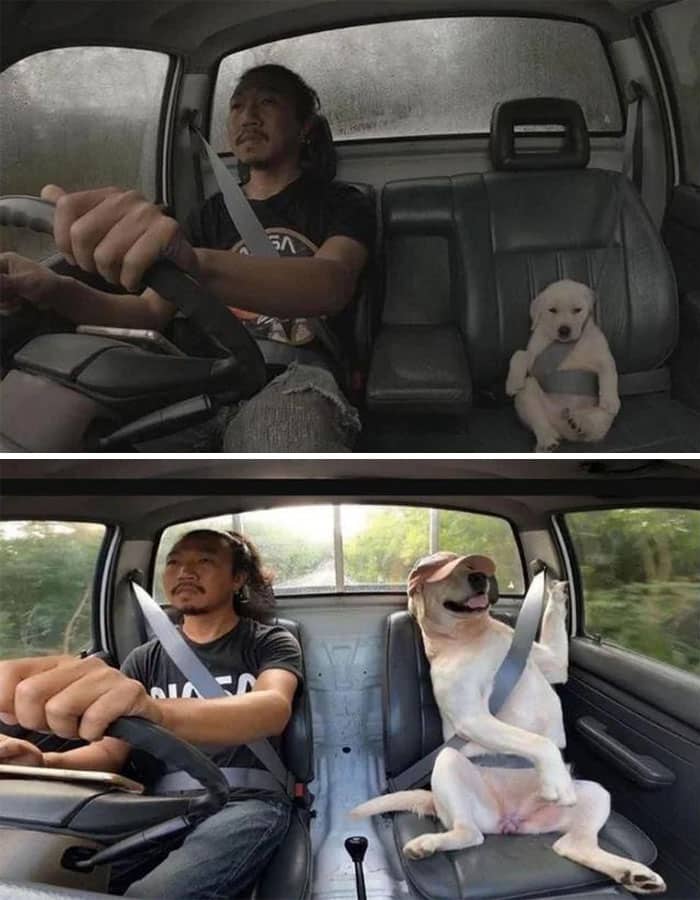
8.
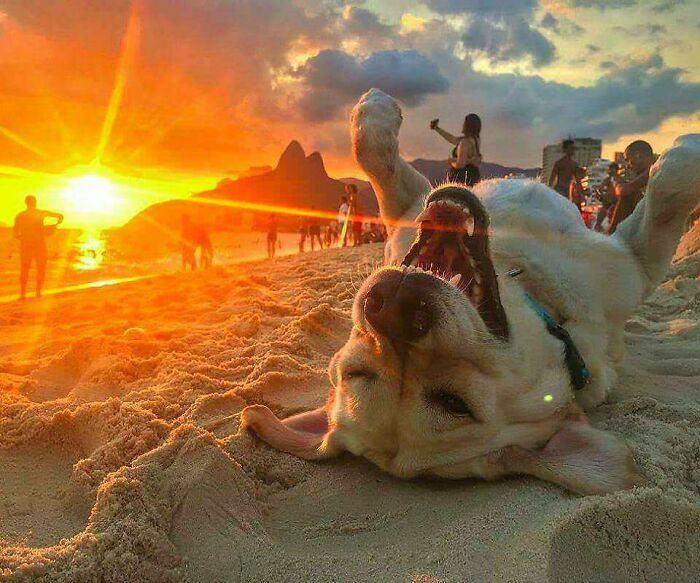
9. Since My Niece Saw Toy Story, She Shouts, “I’m Leaving!” And Then Peeks At Her Room Like This
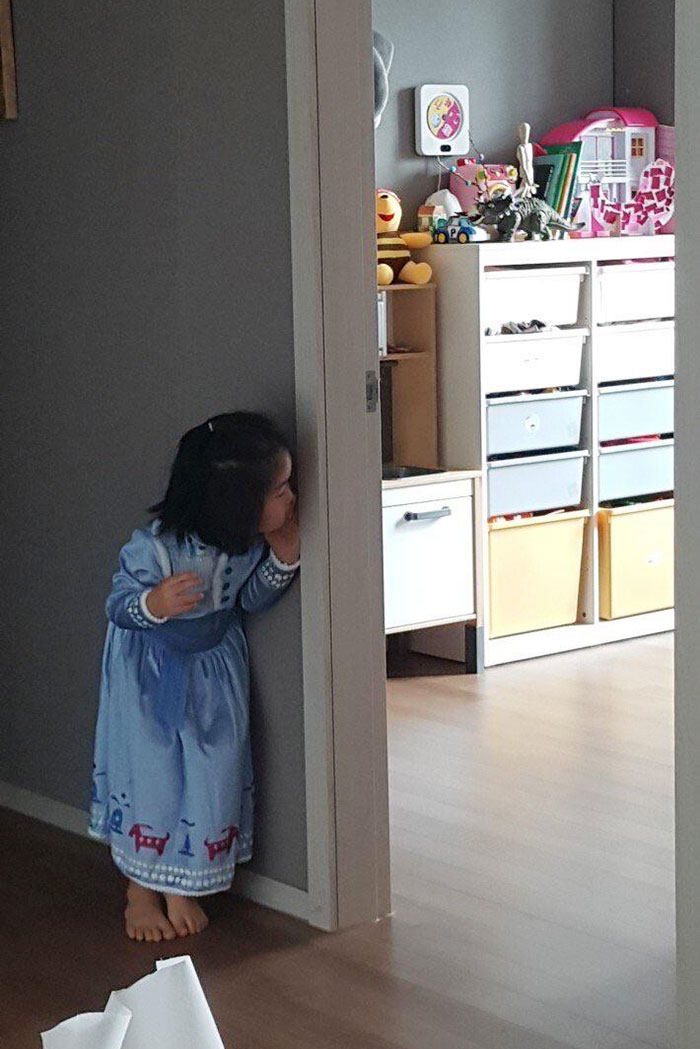
Photos were mostly used to enhance the text rather than as a medium of information. The work of John Thomson, one of the pioneers of photojournalism, began to change this in the late 1870s.
Street Life in London was published from 1876 to 1877. The project documented the lives of the street people of London in photographs and text.
He pioneered the use of printed photographs as the main medium for the dissemination of information, instead of the images acting as a supplement to the text.
10. My Dog Hurt His Foot While Swimming. He Is Fine But He Was Pouting So My Cat Decided To Comfort Him.
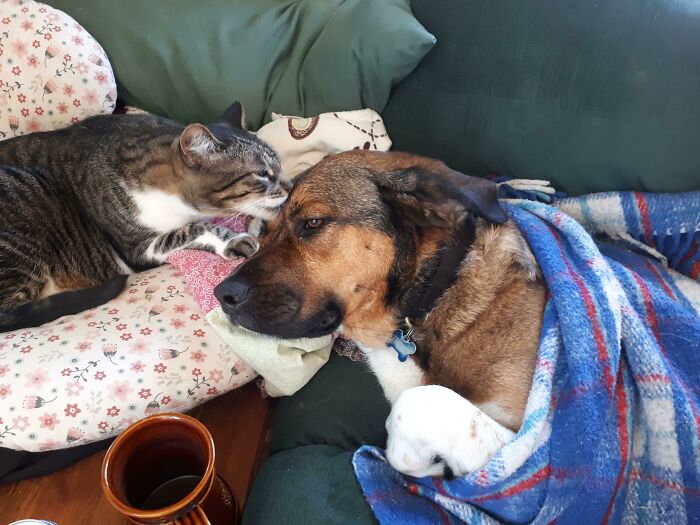
11. He’s Done It! Finally The Last Day And Cancer Free. I Couldn’t Be Prouder.
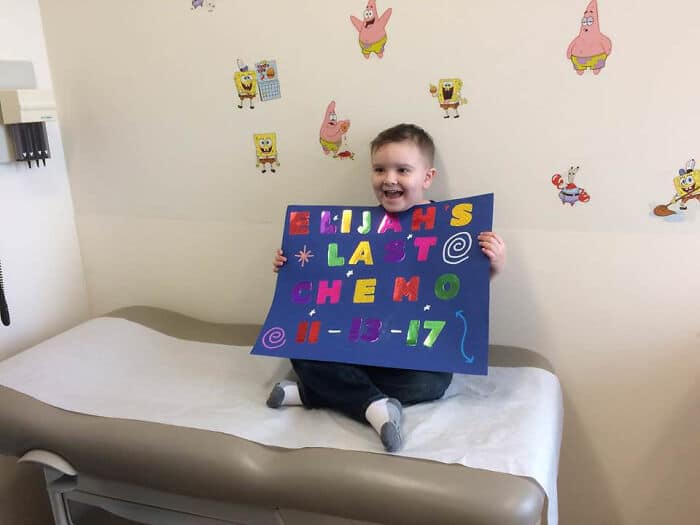
12. The owner of the company decided to stop paying his drivers so one of them parked their semi on the owner’s car.

13. My favorite picture is of my father. The camera’s timer is set by him.
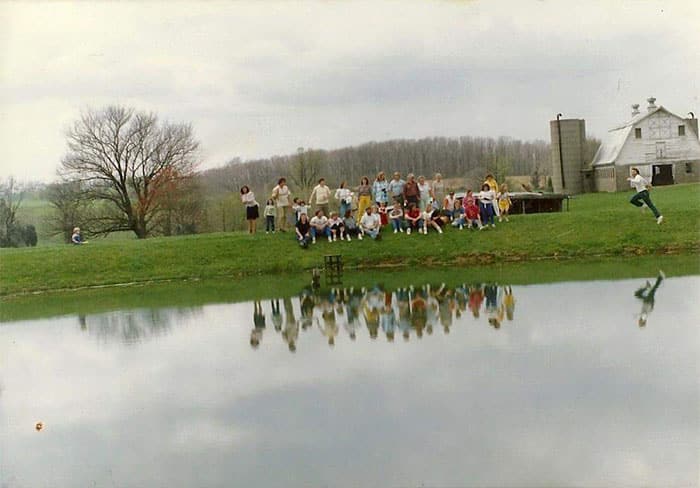
The landmark work How the Other Half Lives, documenting squalid living conditions in New York City slums in the 1880s, was the result of journalists using flash powder to photograph informal subjects indoors.
It was possible to reproduce halftone photographs on printing presses.
14. My Friend Had Her Daughters At A Zoo When She Heard, “Ma’am, There’s A Lemur On Your Baby”.
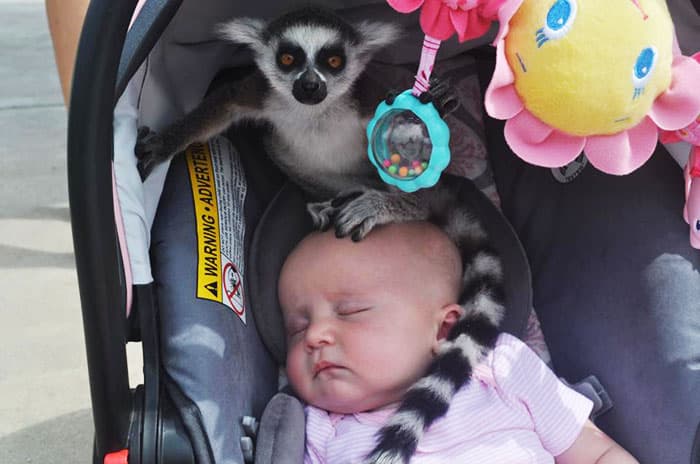
15. My Grandpa is surrounded by vets from different generations telling his war stories. They wanted to listen to it so he was happy.
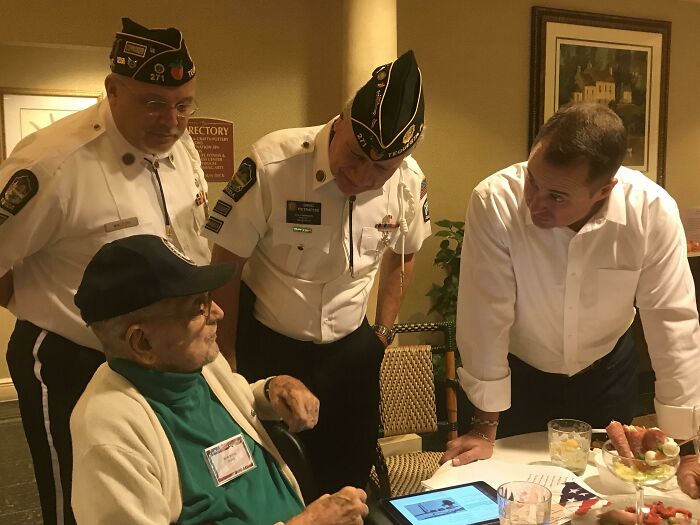
16. My City Has Begun To Change Any Russian-Related Public Road Names To Reference Ukraine Instead.
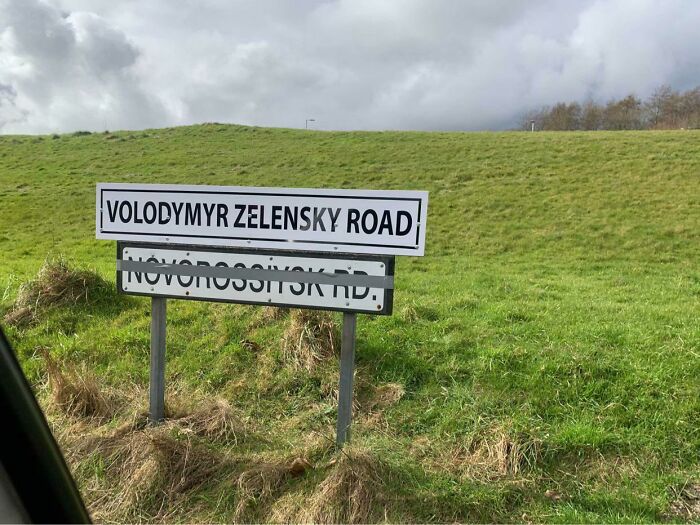
17. A Short Story.
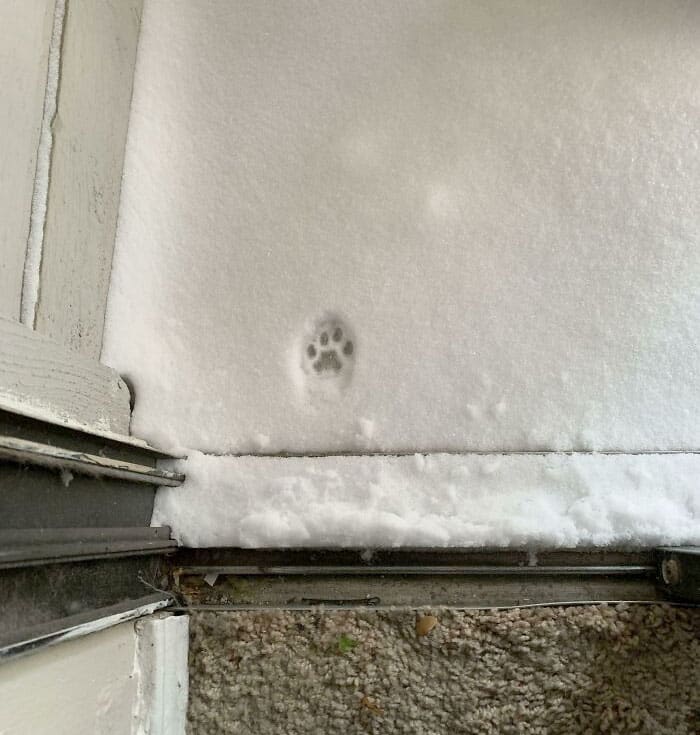
The Golden Age of Photojournalism began around the 1930s and ended in the 1950s. The first flash bulbs between 1927 and 1930 allowed for next-level flexibility in taking pictures, which was thanks to the development of the compact commercial 35mm Leica camera in 1925.
18. The kid tried to tie up a tie himself. A passenger asked if he needed help.
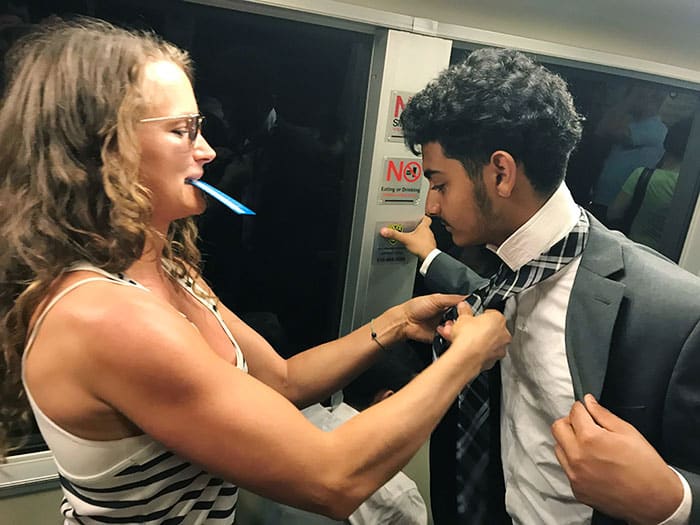
19. Most people think that Japan is a trash-free country. My friends and I tried to clean the forest. All this took 4 hours.

20. I Had To Cut Down A Tree In My Yard And Now I Feel Bad

21. My Dad Bought A Cactus To Discourage Mingus From Getting On The Counter. Here’s Mingus With The Cactus.
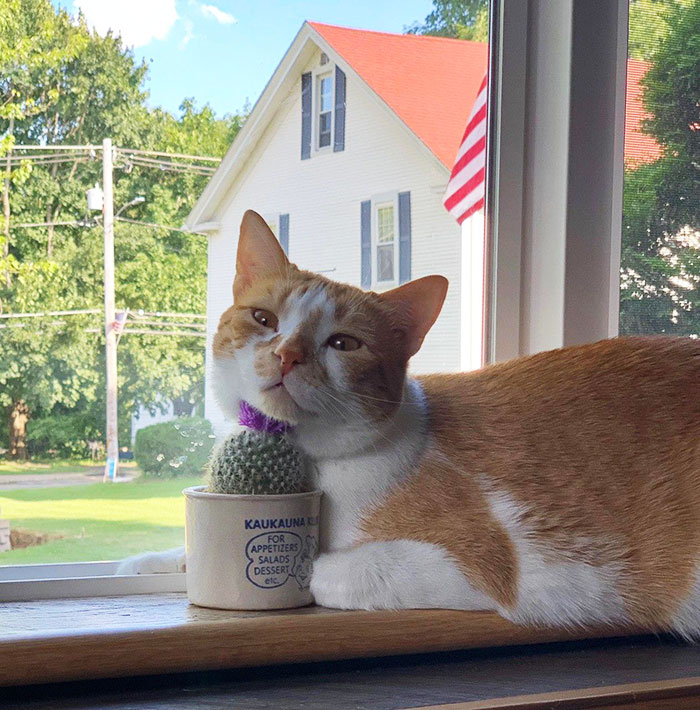
In 1937, Henri Cartier-Bresson covered the coronation of King George VI and Queen Elizabeth for the French weekly Regards.
He didn’t take pictures of the king because he was focused on the new monarch’s fans.
22. When you’re done with it, you need to put your cart back in the corral.
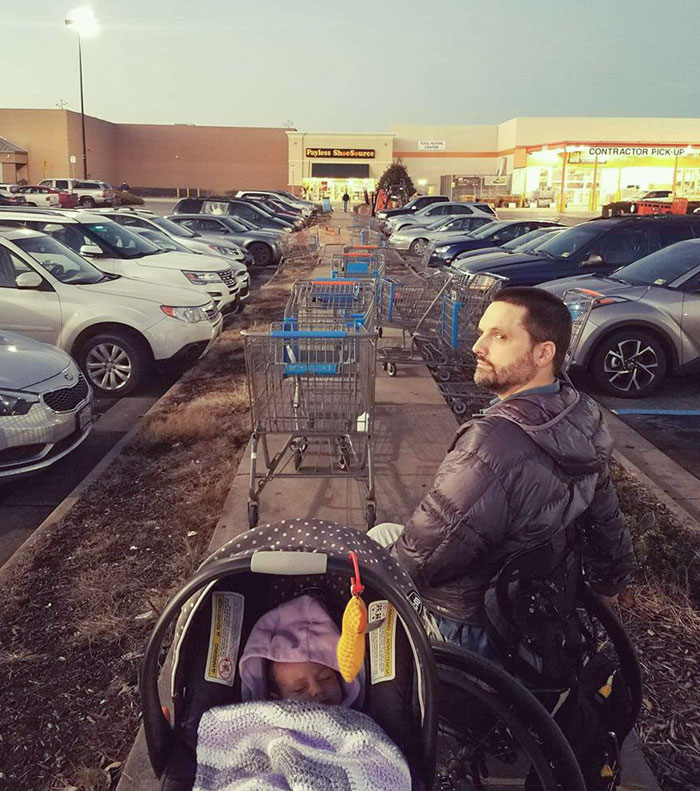
23.

24.
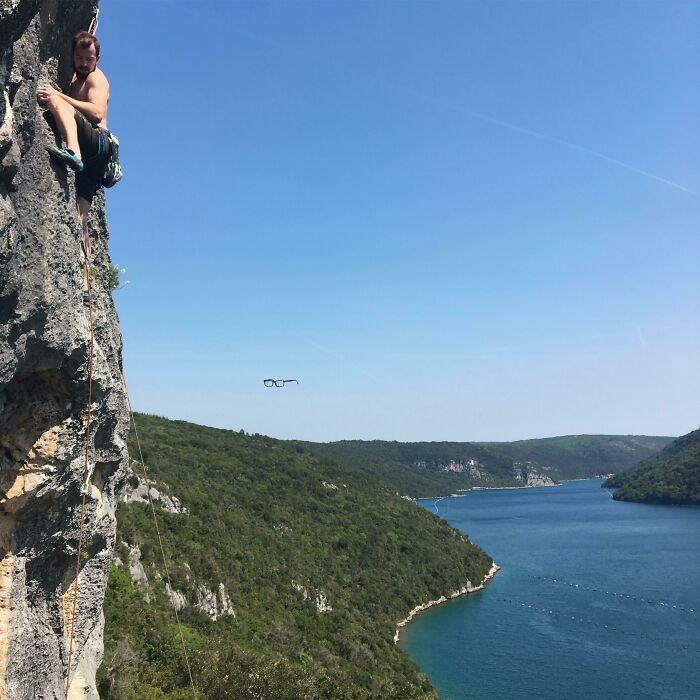
25. I took my Autistic brother out for ice cream for the first time in a long time.
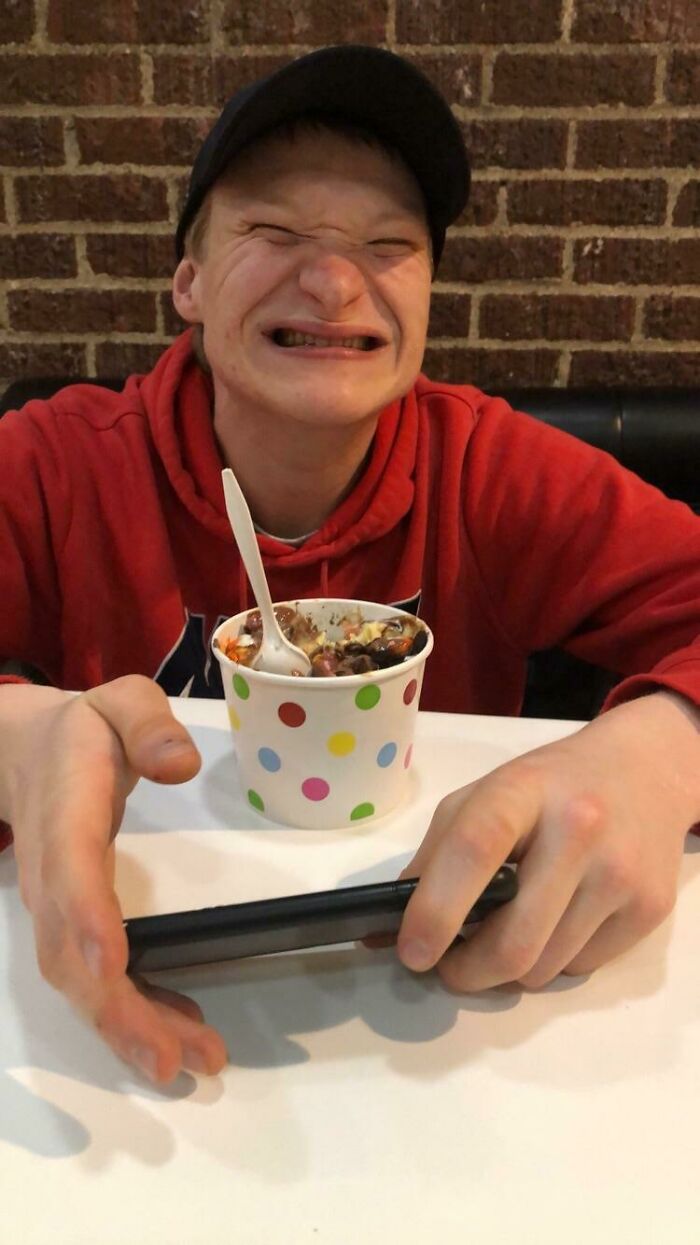
The Golden Age of Photojournalism ended in the 1970s when photo magazines were unable to compete with other media for advertising revenue because of high costs. The photographic essay and the power of still images were taught to journalism by those outlets.
26.
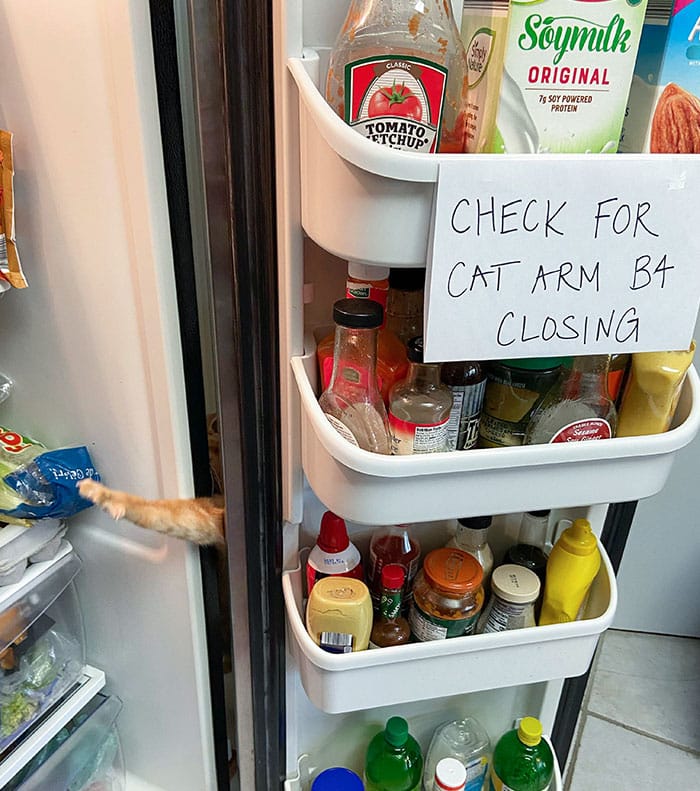
27. During World War I, these coins saved my grandpa’s life.
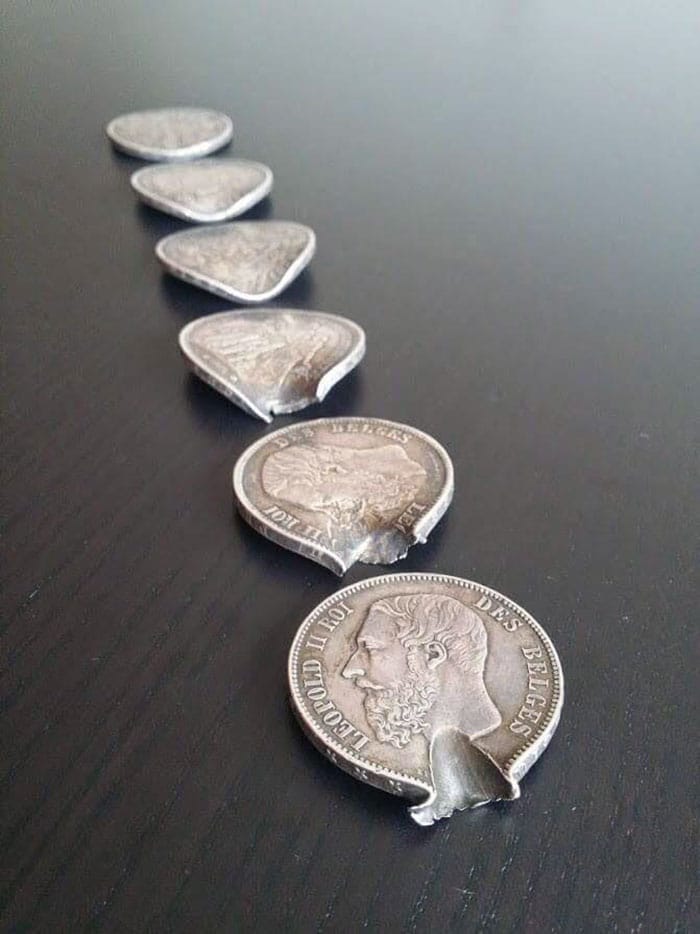
28. My Father’s Chair Falling At A Coast Guard Change Of Command.

29. Some Pictures Tell The Story For Itself.

Since then, fine art photography and documentary photography have become part of the art galleries. The members of VII Photo Agency and Luc Delahaye are regulars in galleries and museums.
30.
